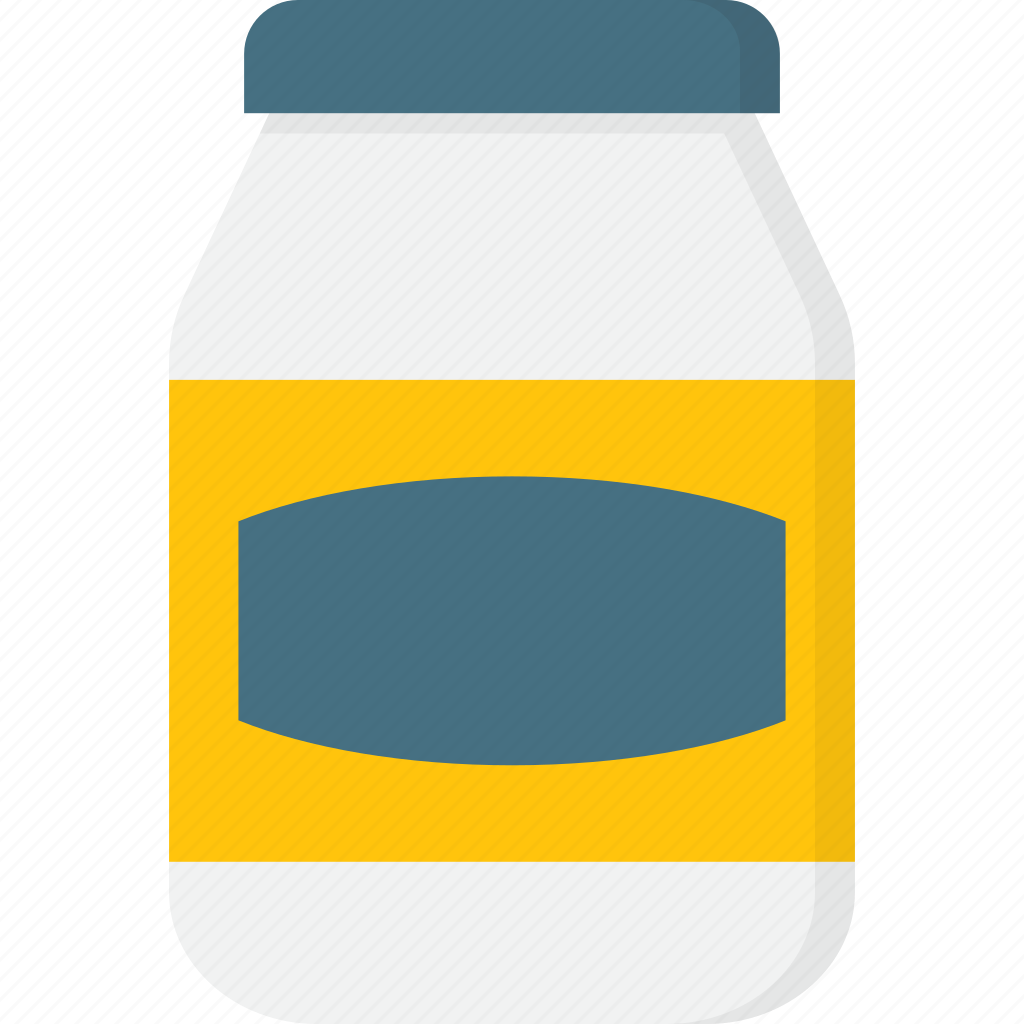Here are my basics:
- Hydroponics: lettuce, basil, strawberries, microgreens. Cost to implement well ~ $350CDN
- Yoghurt: Cost to implement well ~ $50
- Crochet + yarn: mainly for making dishcloths. $5
- Mayo: I like mayo, obviously, but it doesn’t last very long. Has anyone made mayo that lasts as long as store bought?
More advanced ideas?
- locally sourced meat and eggs: is this cheaper? I’m in Vancouver BC and there are a lot of farms in the valley. Logistics seems challenging.
- jarring: is it worth learning how to do this and investing in the equipment? volunteering at a farm: I’m sure this would net some food
- solar power or bike generator: electricity is cheap here
- minimalism: I’m realizing this is a lifestyle. It has taken me a while to reduce, and I’m still reducing. Are most of you like this?
And things that can save money, but I don’t want to do:
- Bread: I don’t like making bread. Bread machine vs. buying a mixer?
- Beer: I’d like to but last time I tried it was messy and space consuming
- switch to cotton socks and underwear. Quantity over quality.
- no alcohol or drugs: What’s your experience?
- meal prep: savings seem big if combined with jarring. But if I had food prepped I’ll eat it, cheaper to skip meals?
Any other ideas welcome. I’m looking to save $$$ by spending $$

I can speak to the jarring part.
I’ve been collecting cheap mason jars for years whenever I find them. An often overlooked use of them is the long-term preservation of bulk, dry foods. Like lentils, oats, rice etc. These are easily cooked and in tandem with a pressure cooker opens up a lot of quick meals.
We often purchase 25lb sacks of stuff we eat lots of. (Look into Azure Standard to see if they have a drop point near you -huge savings in shipping of heavy food).
Many do not know that dry foods such as grains or beans inherently contain insect eggs that will eventually hatch and consume your food -or at least make it way less appetizing. A way around this is to store in mason jars that have been evacuated of air. This is done either through an electric pump appliance such as a vacu-sealer, or manually through a hand pump you can purchase cheaply through places like Amazon.
Love to find the half-gallon jars as they are high capacity. Dry foods so stored will last for years with little degradation in a near vacuum.
Has saved us a lot of money over the years. Another plus is that we always have staples put back for months.